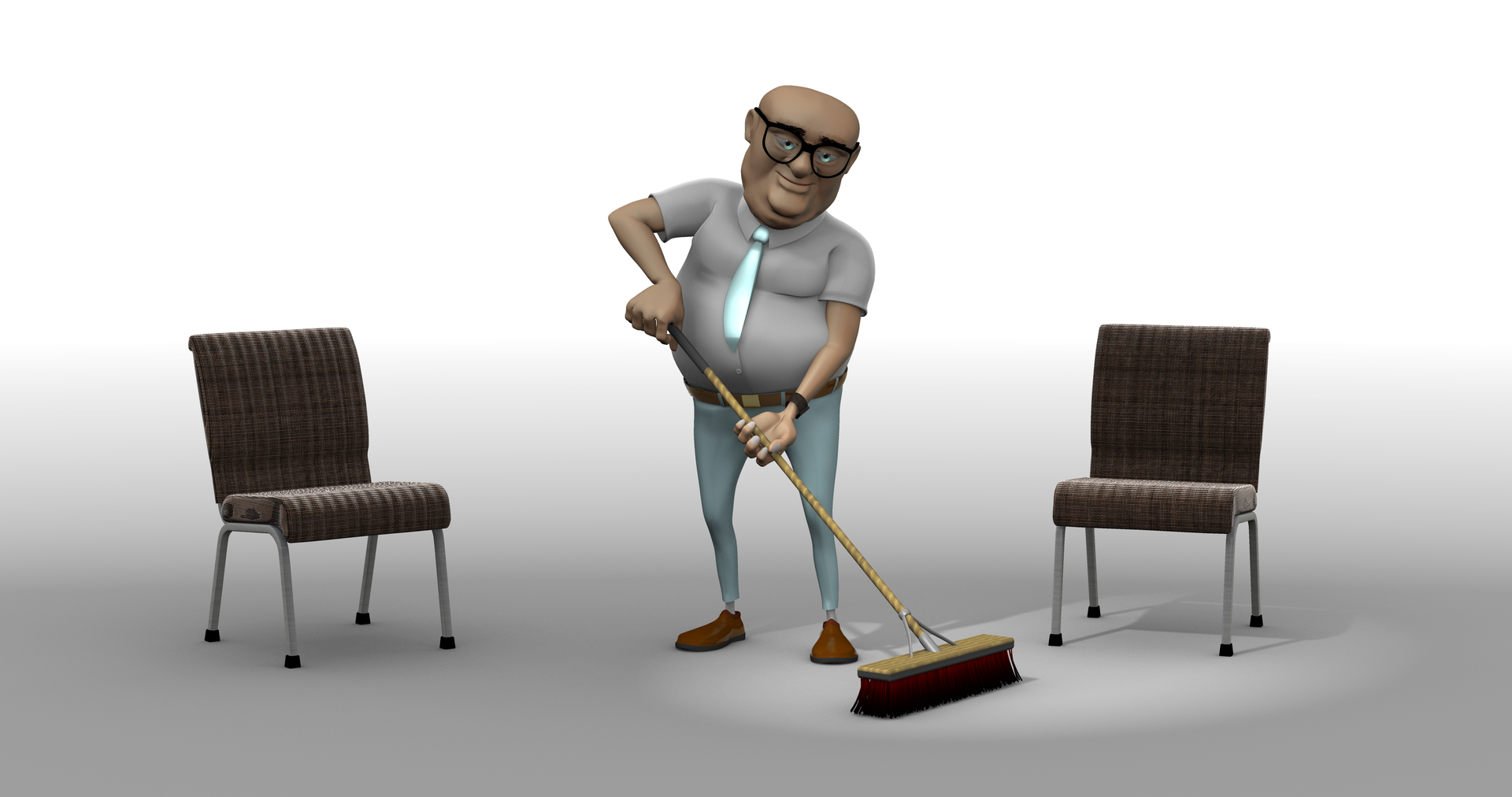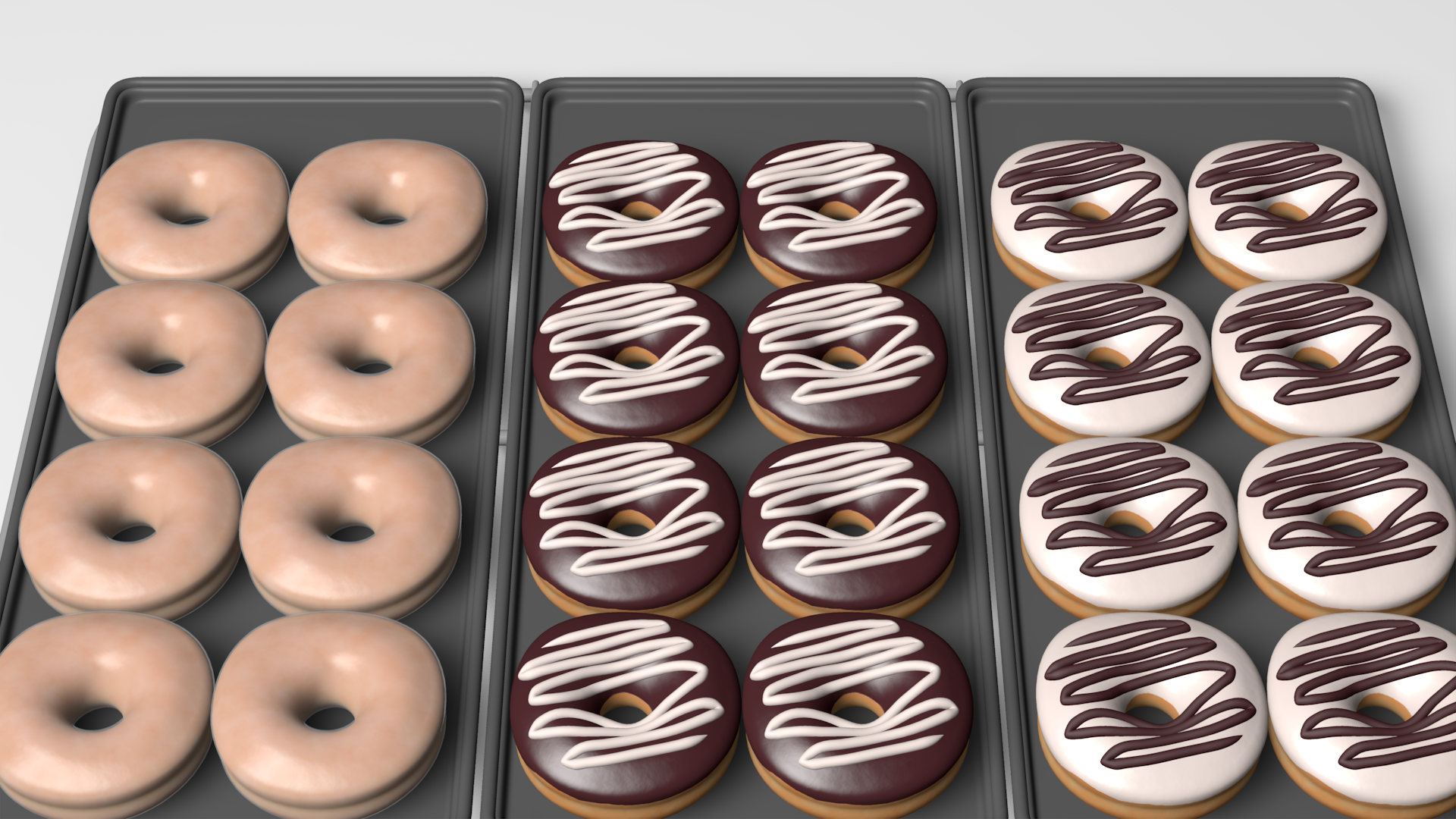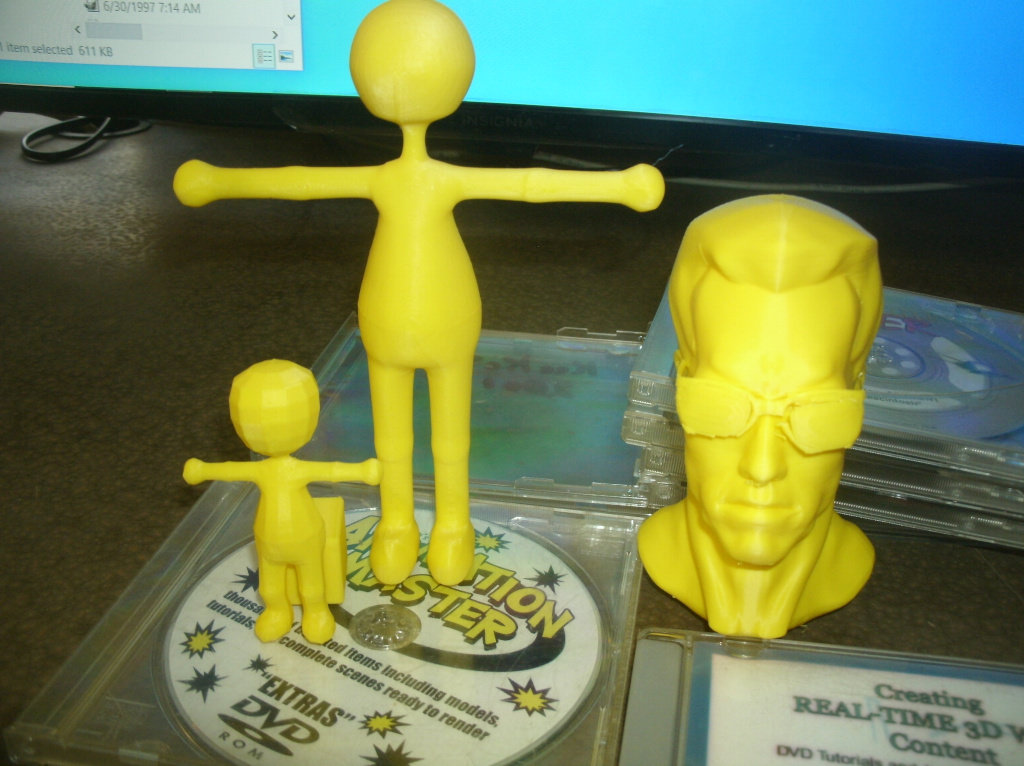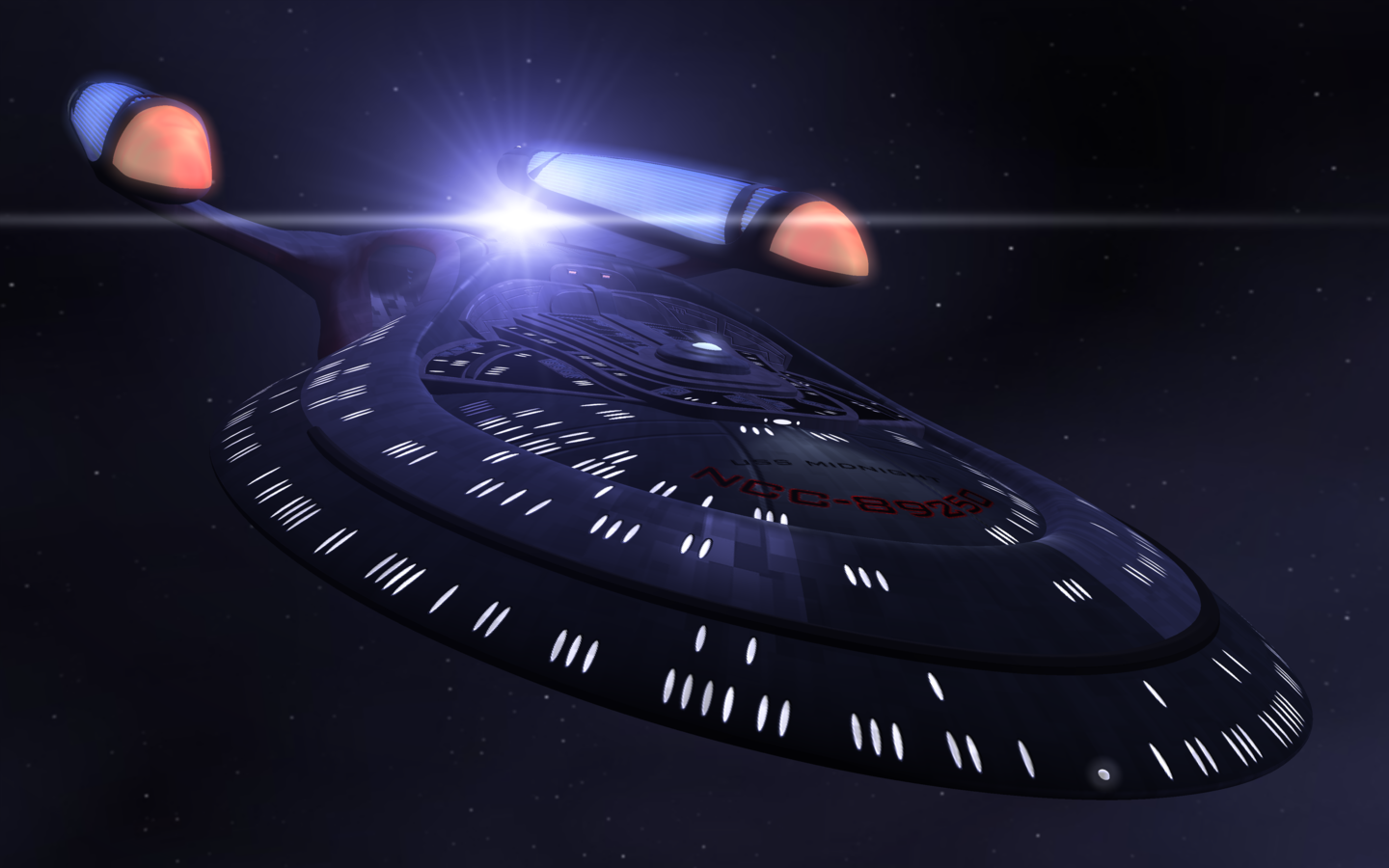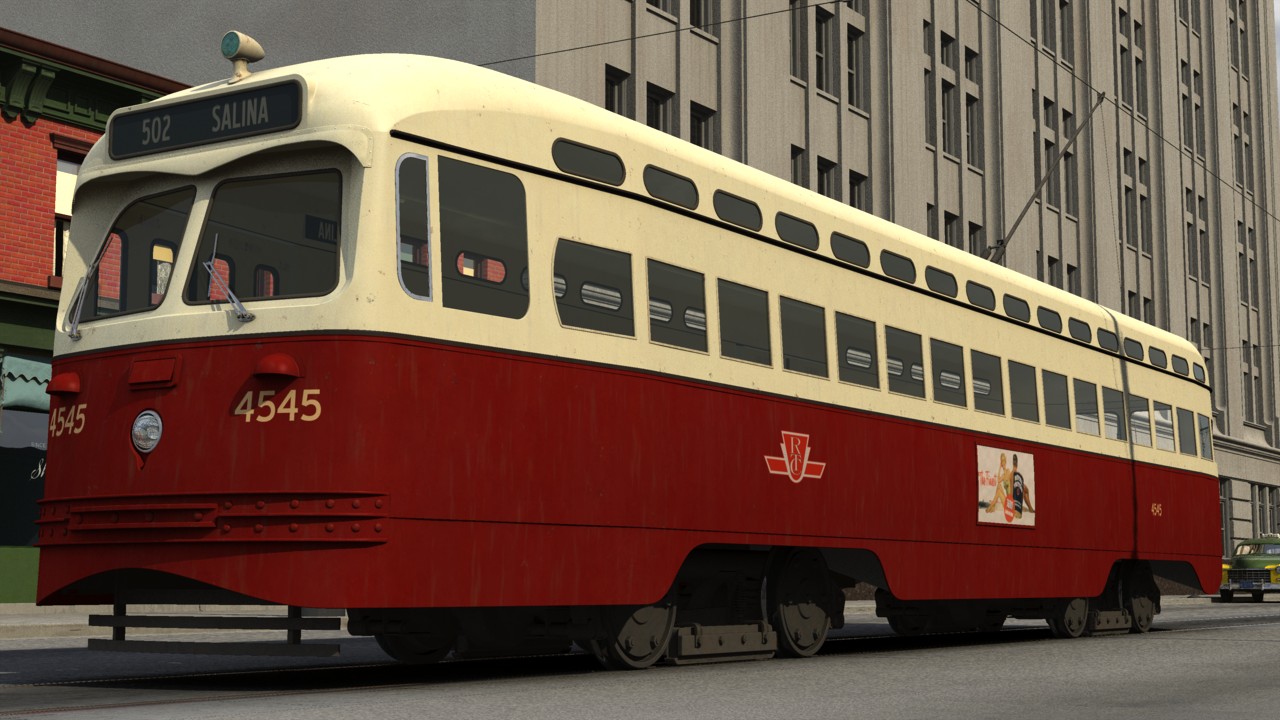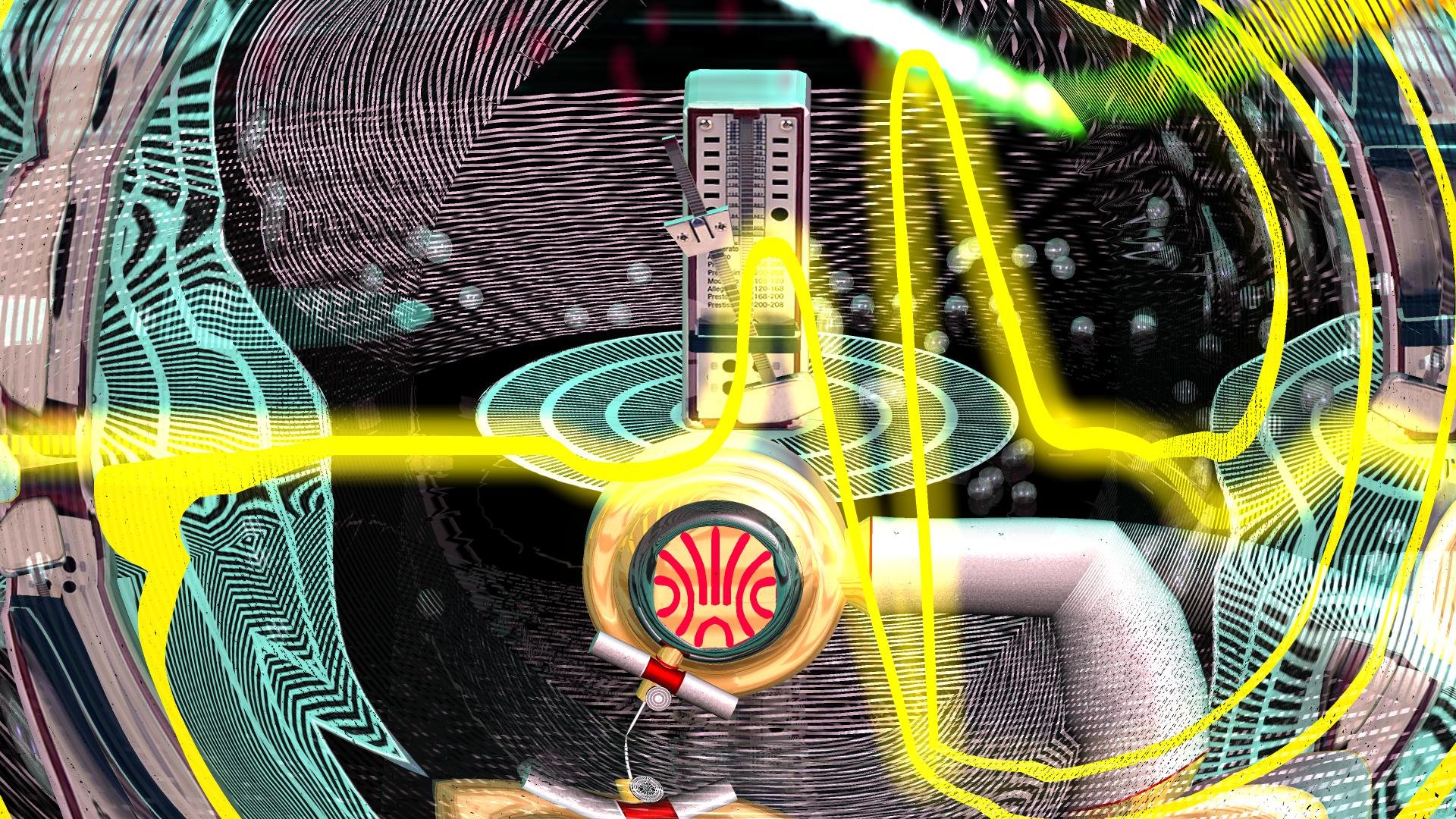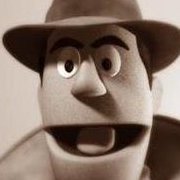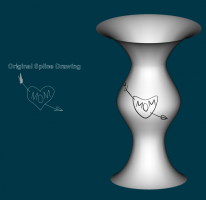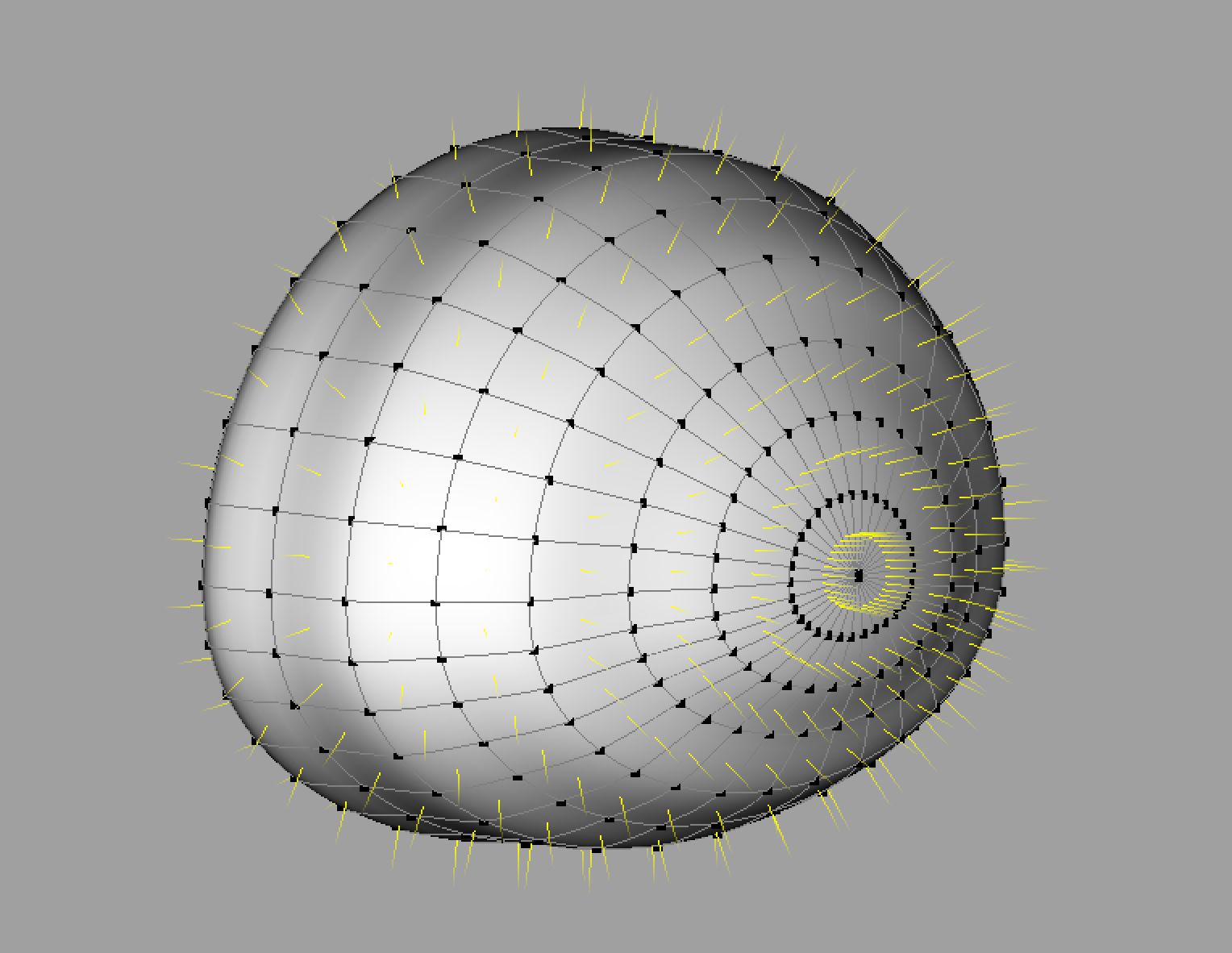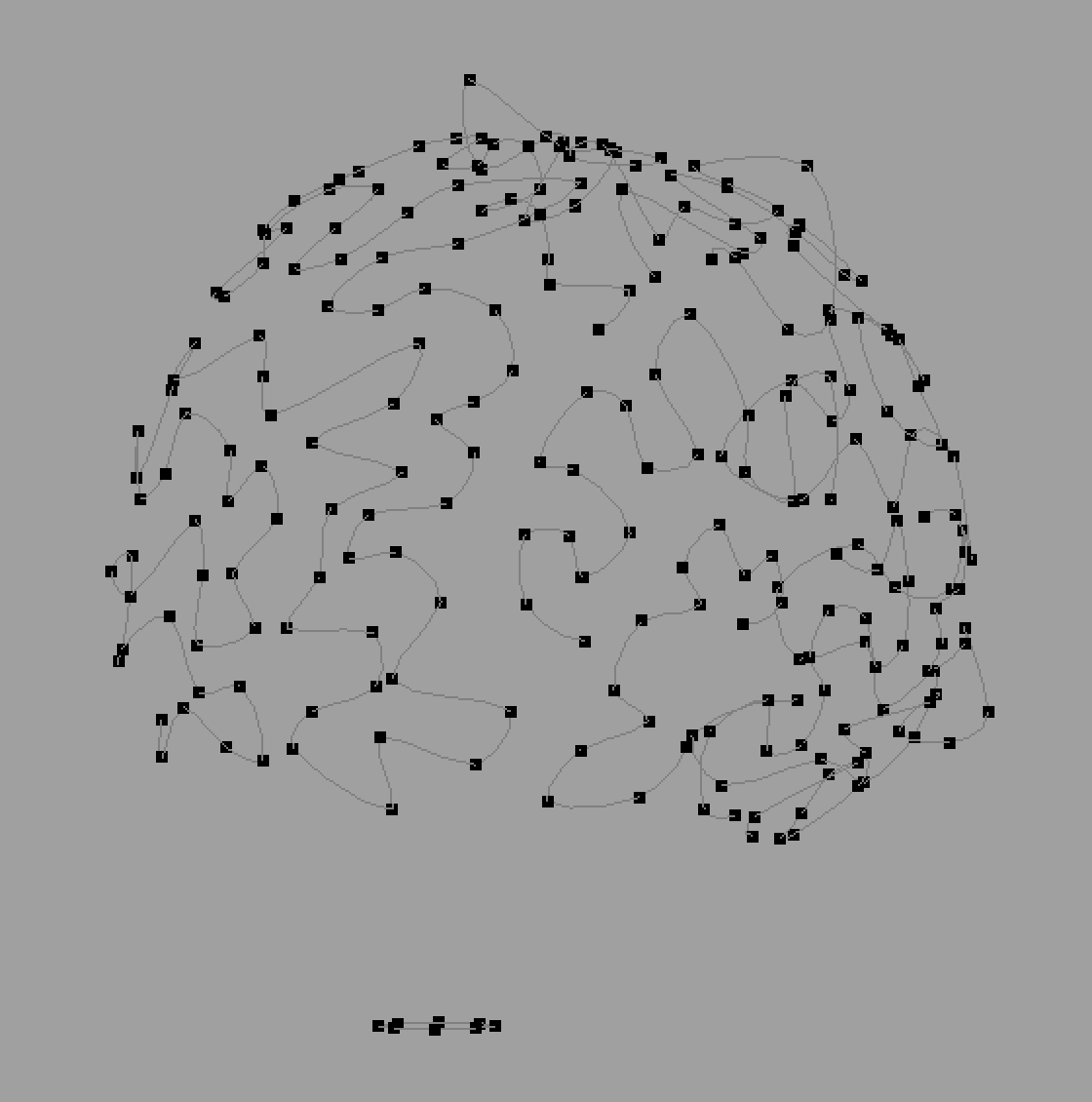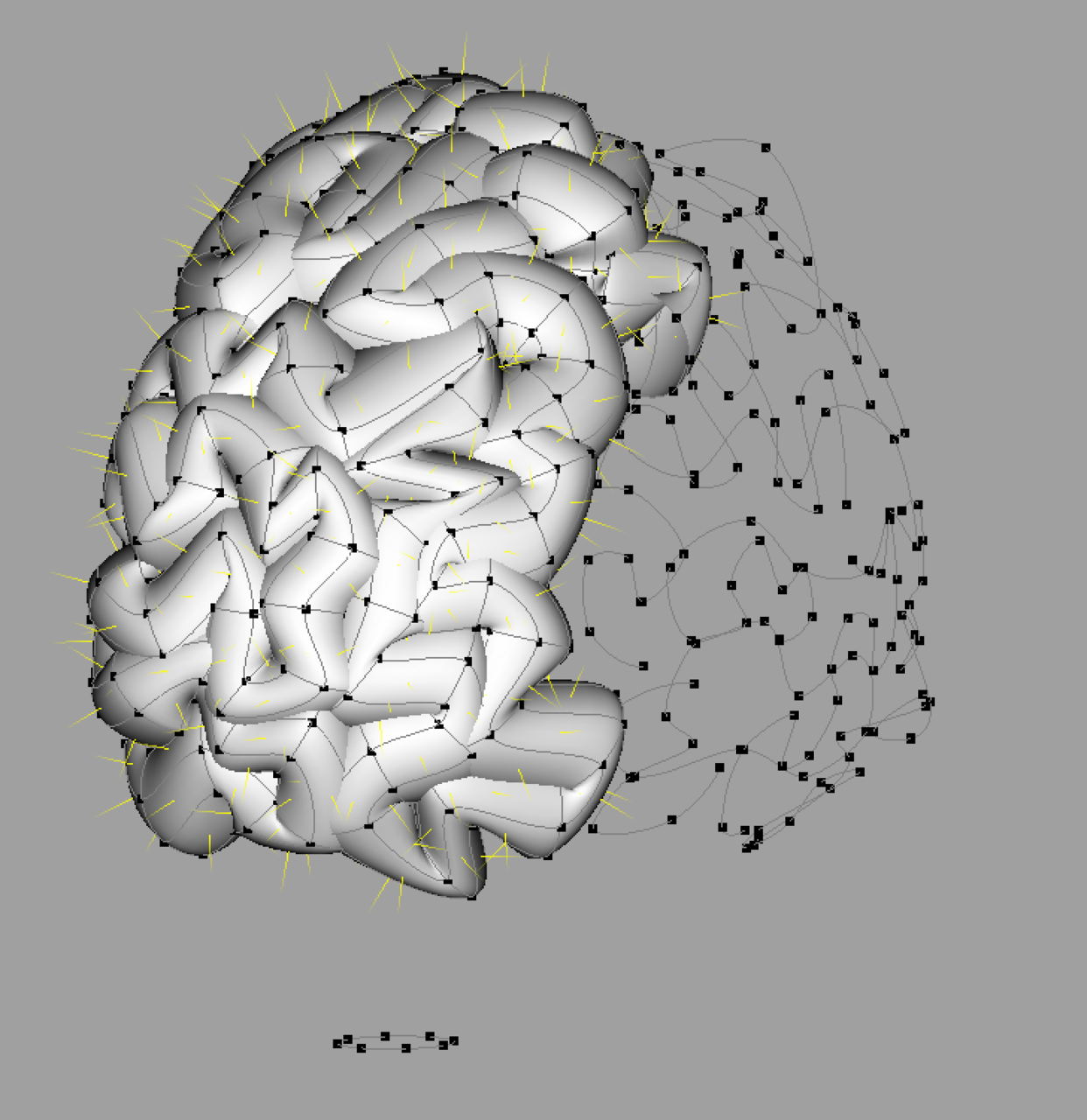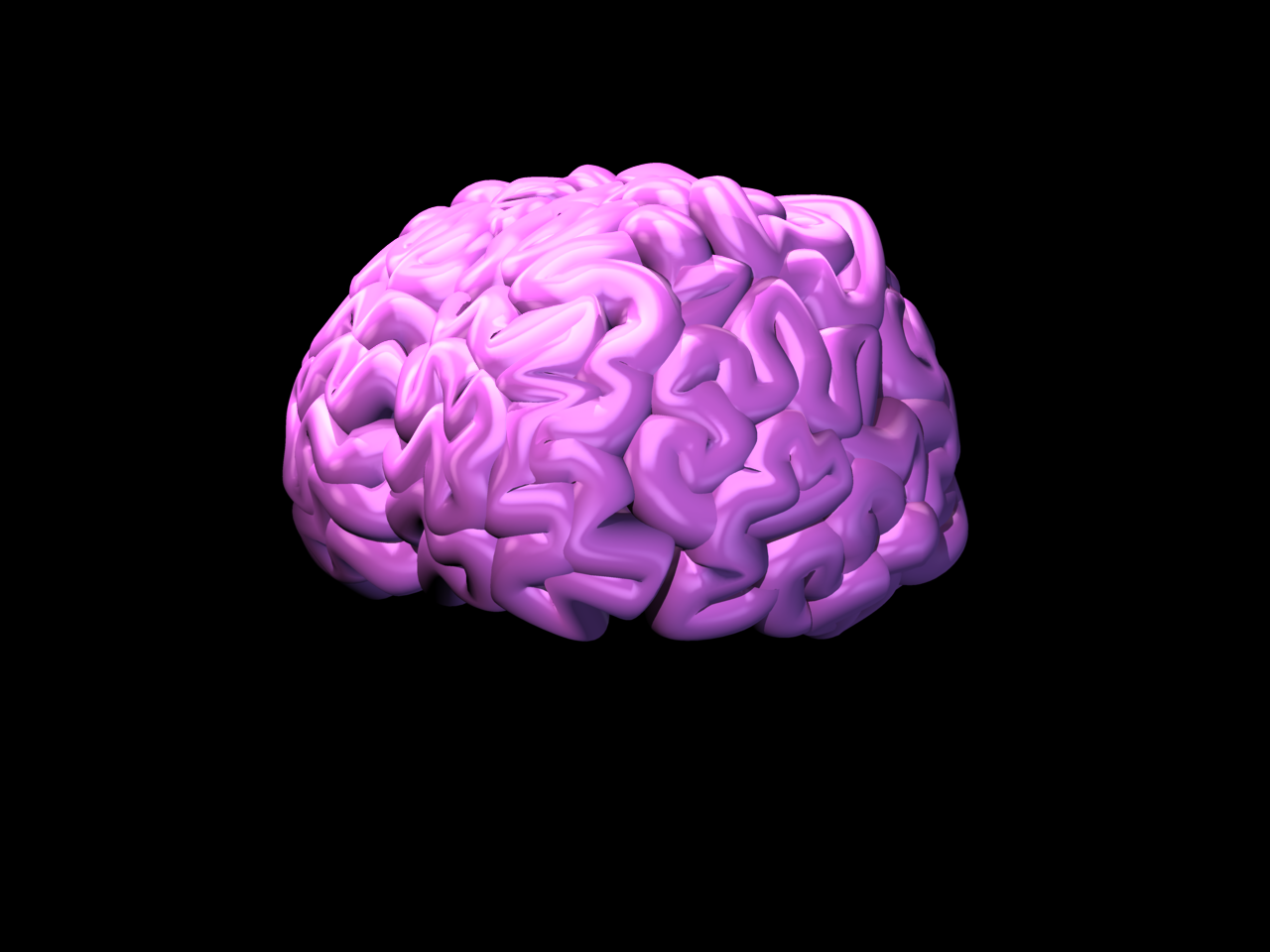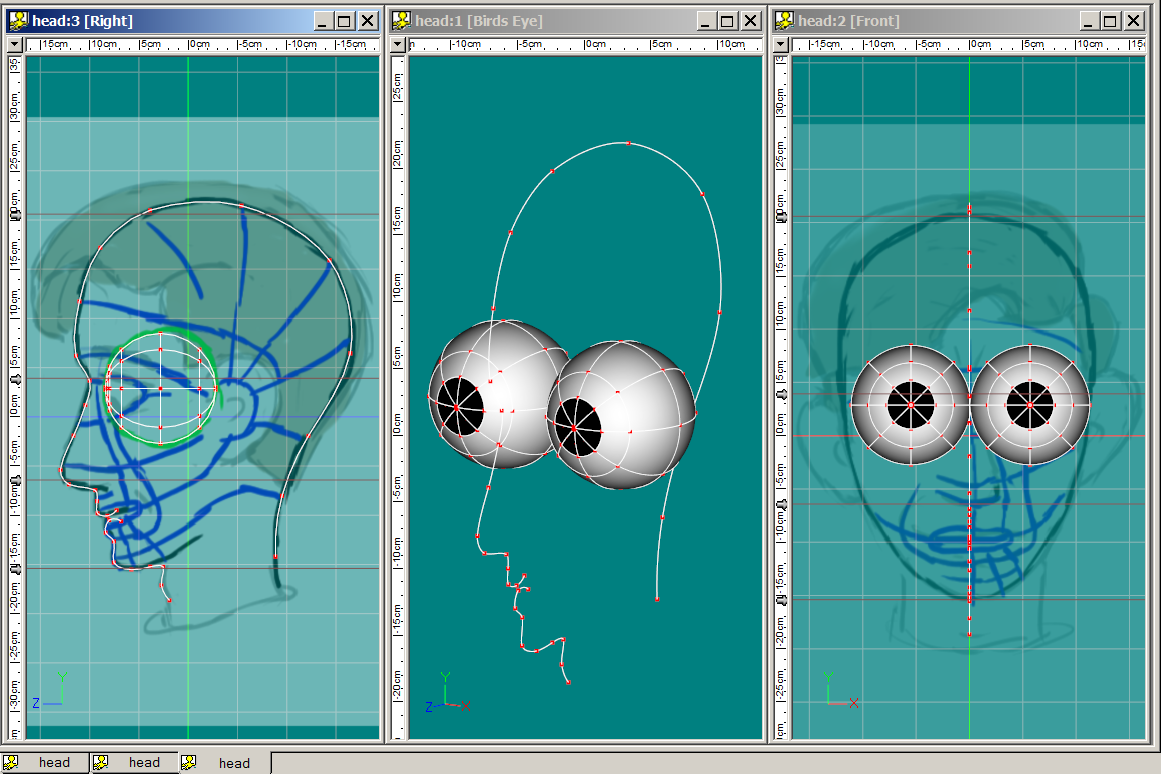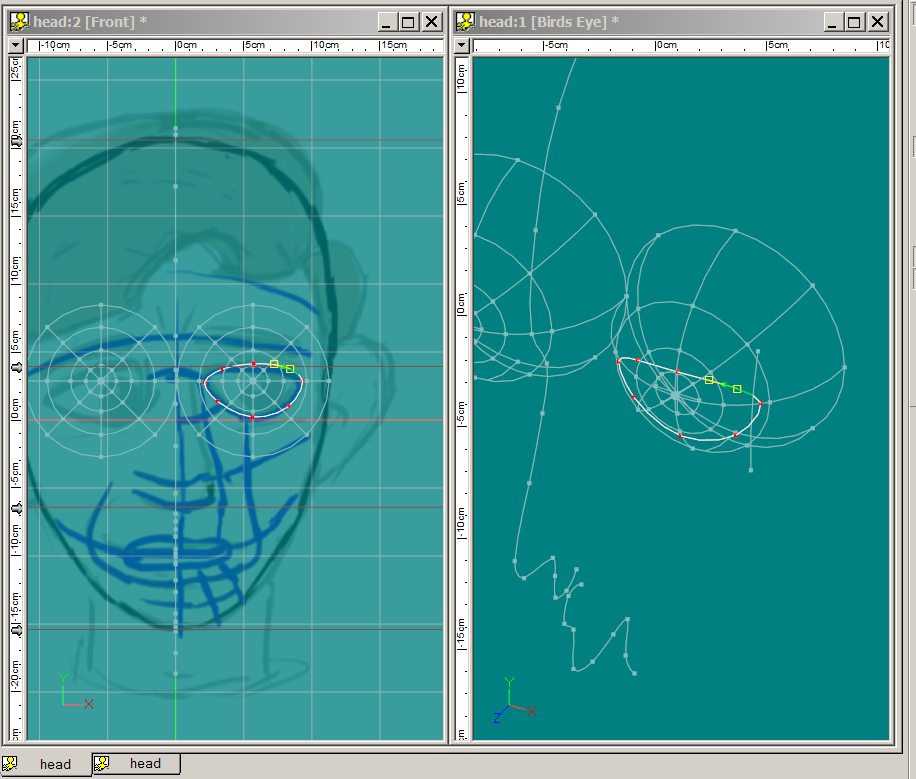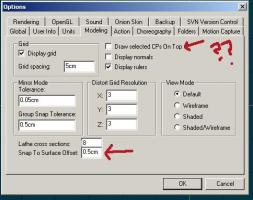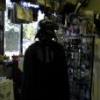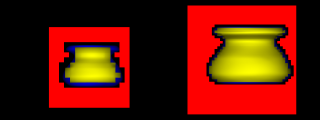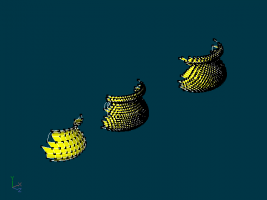Search the Community
Showing results for 'snap to surface'.
-
What you did wrong was this: In the chor, go to your PWS and click on your empty patch-model. Then click on the "Modeling-Mode" (F5). If you now click on the Add-button, you will create new CPs in the empty patch-model while being in the chor. That is the way that should be used for polygon-models as references. ///////////////////////////////////////////////////////////////////////////////////////////////////////////////////////////////// Snap-To-Surface is also very helpful for creating for example cloth for characters, etc. For that you can use Snap-To-Surface in the modelling-window. First model you character, then use Snap-To-Surfac ein the modelling-window too model cloth fitting the body. Info: Note that you can set a distance-value for the snap-to-surface-tool now (I think from beta 4 or 5 on). The Option for that can be found at "Tools > Options > Modelling > Snap to Surface Offset". Hope that helps a little. See you *Fuchur*
-
Yes, there has to be a surface to snap to or A:M moves the CP to where it defaults to in 3D space. There are also issues with several surfaces on top of each other (I believe A:M will tend to S2S the CP to the back surface... but this may be related to what you are talking about with regard to the CP being in front of the surface) It doesn't take much for the tool to infer that you want some other surface. For this reason I've taken to hiding parts of a model that aren't needed prior to using Snap to Surface. I then lock down the part of the mesh that the CPs will snap to so the only thing 'active' is the working mesh.
-
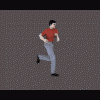
Checking things out again - But what happened to moving CPs?
ernesttx replied to ernesttx's topic in Open Forum
I think I found it. Snap to Surface was toggled and forcing CPs to snap to another surface when moving them. -
It's fairly simple. In a Choreography, import a prop. Create a new model and place it in the cho. With it selected, go to model mode (the little yellow guy icon) and click the snap-to-surface button. Use the add control point to click somewhere on the prop and you will begin modeling with your CPs sticking to the surface of the prop.
-
As a for instance... one thing I've noted is that we can model with changing surfaces over time. Are you saying we can load morph targets too? Just simply swap out the target mesh with another and move the time slider over, re-snap the cp's to the new surface? Something like that? That would be pretty cool. A:M can not import Morph targets as far as I know. But yes it really doesnt matter what you want to retopologize. It even does not have to be one object. You can draw over several objects at once if you wish too, or you can change the template-object in the process to another one or you can move / rotate / scale the template-object while doing your snap to surface work, etc. You can although use Snapt to surface-option for animation... so for example if you created a model and want to animate the CPs you can use Snap To Surface in the Muscle-Mode in the Chor too to change its shape... So you could recreated the morph-targets from other programs easily by recreating the model in A:M with resurface, export another prop from the other software which has the shape of another morph-target and use it to create another keyframe in A:M's chor which will have the same shape as the morph-target in the other program. That will enable you to copy the CP-movement to a pose and like that you have a translation of a morph-target to A:Ms poses... The real feature is: Snap a point to an underlying surface, no matter if it is a prop, another patch-model, a combination of both or several of them... See you *Fuchur*
-
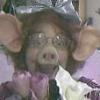
Transparent materials don't display transparent (v17)
NancyGormezano replied to pixelplucker's topic in Animation:Master
Hooo hooo! You guessed that right. I have figured out what I was doing wrong. Yay! It seems I did not have the little new "snap to surface" icon depressed BEFORE I started splining the new model (somehow I missed that crucial step in your video). When I did that - all became wonderful! The clouds parted and the birds began to sing. The problem I had been running into (and still) is that I would create some new patches close to the obj template model, then select those patches, right click (while patches were selected) and select "snap group to surface" option. Not a good idea. That is when things get weird. Some of the cps snap to a far surface, and some don't. It's not clear how to control that. But at least the original laying down of splines on top of a 3D obj template/prop seems to work better. It's the post-"snap group to surface" that works wonkily. -
I'm sure there is. Some of those we can probably do right now... we just don't know how to do that already. Yesterday I also tried a cracked glass look but I didn't think it was worth posting. Patches will always be more powerful for getting splines into 3D space but RAL does have some nice uses. I think RAL would need a major rewrite to take advantage of anything much more significant and that'd be a particularly expensive endeavor given that few use it. I read a tech paper not long ago that suggests a way we could fake some of the more powerful RAL stuff by creating the framework ourselves and because with A:M we can often create our own solutions I may just give that a try. There is one aspect of the current RAL that keeps it from being of practical usage in my work and that is the ability to taper the ends of the line. But for this it's fairly easy to just change to patch geometry (see above example all the way to the right). The one tool that I've found to be of most use with RAL is Snap Group to Surface because with that we can get any and all of our splines to conform to an object's surface. The secret to Snap Group to Surface is Named Groups. Just name a group of splines, position it in front of the object you want to have the splines conform, right click and SGSNG! Once in place the easiest way to get tapered lines is to use Sweeper to add tapered geometry to those lines. Added: This isn't hair but follows the same principle of Geobased Hair. What I think is particularly interesting about it is how that we can decal objects with geometry rather than graphics. Note: I don't think we can Snap Group to Surface in a Chor. If we can then we can do those fancy things where objects can appear all over the surface of an object in a few short steps.
-
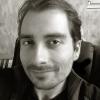
How do i control the direction of Snap Group to Surface?
Fuchur replied to robcat2075's topic in New Users
Very well done Bust just to mention it: "Ist es nicht wahr..." should be "Sollte es nicht so sein, dass..." One of the things that are a little harder to get because the term "Isn't it true..." is not used in that kind of fashion in German . Anyway, to answer it a little bit: As far as I understand it, "Snap Group to Surface" is based on the normal-direction (or the negative normal direction, depending what settings you set in the "CTRL + Snap-Group-To-Surface"-Dialog) of the patches in the group you want to snap to surface. See you *Fuchur* -

How to export from A:M to a game-engine...
Fuchur replied to Fuchur's topic in A:M Tutorials & Demos
What I already asked for as a feature-request is the Retopology-Tool for A:M. I think this is the easiest way to get this pipeline working... If you have a model done outside of A:M, bring it as 3d-Rotoscope (more or less a prop-object) to A:M, use something like "Snap to 3d Rotoscope" / "Snap to Polygon-Surface" in A:M (done already by for example 3d Painter) and model your new geometry around it with splines. The next thing would be to transfer the UV-cordinates to the newly created patch-model (a bit like TransferAW does it with Weights only the other way round) and we would have a very fast and workable pipeline from the polyworld to A:M and of course out again. Any automatic importer has problems with the continuity of splines, but this would be a great way to get around that problem by letting these issues be solved by the user, who is the best guy for the job anyway. The cool thing about it: Most stuff of it is already to some extend available. There are algorithms to track a surface (>Surface-Constraint) there is the possibility to import Polygon-Object (> Props). The UV-part may be a little bit more difficult, but should be techniqually doable too. What needs to be implemented for that would be the possibility to import a prop (uneditable) to a modelling-window or if that is too much trouble: We can although model in the Chor using the prop... so the first thing would to do would be "Snap to Surface" for the mouse. Steffen is working on OpenCL-implemetation these days and very ocuppied with that, but he did assign the featurerequest already... and maybe we would need that to slide over the surface with the mouse... This would be a way to open the two worlds to eachother and I am very sure that this would be a great way to attract more people to A:M and giving us many opportunities to work on projects with other guys, create amazing stuff and be a source of great inspiration... I'd love to see that! But it will certainly still take some time before this can be done. Keep in mind: Steffen is already working very hard on A:M and he does it as a hobby... anway, it may be possible and is the only way I see to connect both worlds (Patches and Polygones) in a useable way. See you *Fuchur* PS: I tested 3d Coat a little and I find it to be a very nice addition to A:M with the lowest price-tag out there for such features especially Voxel-modelling, etc. seems to be cool... So I cant test it, because this is still a little to pricey to just buy it and see how it works with A:M's importer... there were others here who did it... as soon as A:M has the retopolgy-tools I will however very certainly buy it to cooperate with A:M! -
Hey Al! Many of your questions can be answered with a 'Yes, but...' which relates to the many differences between polygon approaches and spline patch modeling and animation. As you've grasped there are a lot of things you can do via import of OBJ (and as Nemyax adds... converting from other models) but there's not much of a better way to resolve those than to dive in and see what works best. Much will depend on what you plan to place in your scenes (as static objects) and what you expect to animate (or articulate). Here's a rough attempt to answer your queries: 1) A:M has several tools that allow movement of Control Points on a surface. If the surface is in a cardinal direction this will be considerably more straightforward as keys can be held down in order to move any CP, shape or object in a given direction along a spline. Sliding CPs along a spline in any arbitrary direction... hmmmm... I think we can do that but I haven't used it in my workflow. In the past few years there have been several tools added that allow projection of CPs onto surfaces (or send them to specific locations) that may also fit the bill. As far as my workflow I'd say use of the 4 key to move a CP along a spline is likely the most common. 2) A:M has some very basic tools for this (such as the Cut Plane plugin) but the lack of density in most spline models which is usually of benefit can work against us in that regard. As such it can be hard to maintain curvature of a given spline. One approach to cutting models would be to use another program to do the cutting and then import that into A:M for placement or further refinement. 3) The Dopesheet still works for lipsync (and as has always been the case) can drive any poses. The dictionary can be amended/edited as desired. 4) I tend to work in low rez so I'm not the best to answer this one but in general you can render to as high a rez as your system/RAM will allow. I will add that Netrender... which was separate software in the $500 range when you were using A:M... is now packaged with A:M so you can launch a variety of renders in various formats and have them all render simultaneously. 5) This 'retopology' tool is know as 'Snap to Surface' and can be used to place CPs/splines onto the surface of any prop or patch model. A Prop being in this case being any imported OBJ, STL, 3DS... and a few others). 6) I don't see any issues there but will defer to others with NVidia cards. 7) Yes, I'm sure there will be but the good news is that we'll work through them together one gotcha at a time. You've been missed. It'll be great to have you back!
-
1) Not exactly but there are different ways to work with that... Snap-To-Surface can help here too, the other shortcut-keys people mentioned are useful too and you can for instance just use the Stitch-Tool to insert a new point where you want it without changing the spline-curve. 2) As others have mentioned, there is the Cut-Plane-Tool... it can cut, add splinage, break at a given line, etc. It does work in many situations, if the circumstances are too hard for it, you still can just let it add CPs and connect them by hand. (which never fails) 3) Still there... others have answered that already... 4) A:M can render with presets till UHD format OR anything you can put in and you computer (mainly RAM) can handle. Rendering to EXR, TGA, PNG, and a few others can give you different features you may want or not (like HDR-Rendering, etc.) 5) Yes... you can import an OBJ-model as a prop (which will keep it as a polygonal model and will not be changeable at first) and than you can use retopolgy-tools (Snap-To-Surface) on it to remodel the shape with splines. 6) That should be well enough for even quite complex models and scenes... 7) Hm... can not think of anything right now, but I am sure there will be some . Ask for solutions and we will get rid of them together . Till then: Welcome back to the world of A:M and the community . See you *Fuchur*
-
I sat down to make a quick demo of it and found that Snap to Surface wasn't working right, so I've sent a note back to Steffen on that for him to look at. I see it sort of working like this: First you use Snap to Surface to get your CPs close to the intended targets and then you select them and Choose Snap to CP to bump them all in place exactly.
-
In v. 17, we got a new feature: Retopology. Something like six years later, I finally got around to using it! :-) Here's a quick bit of niftiness. I needed a cartoon brain for the image I'm working on and it seemed a daunting modeling challenge. Seeing how someone else was able to do it with another piece of software, I realized I could do the same in A:M. I started off with a fairly dense sphere model I created with the Primitive wizard and cut it in half and worked it into a reasonable "lobe" shape. I created a new Cho and placed an empty model for the brain and the dense model and set to work. Once in model mode (with snap to surface clicked), I began drawing squiggly splines on the surface of the dense model, just trying to cover the area. I wasn't actually trying to recreate the actual brain structures. With that, I had a model with a bunch of squiggly lines that matched the shape of the brain. I created a cross section and used the Sweeper Plug-in to turn those squiggly lines into tubes. I then duplicated and flipped it to make the other side and Voila! A quick, squishy brain!
-
I believe Kevin did say he had used the "snap to surface" feature with the imported obj, when laying down new splines. My guess it would be the "snap to surface" that is possibly creating the problem. Hard to tell from his description of his process.
-

"Paint fall" Image Contest WIPs
robcat2075 replied to robcat2075's topic in Work In Progress / Sweatbox
My typical starting gambit is to minimally spline the profile off the rotoscope, then stick some eyeballs in. I know that anything I make after this has to be outside the eye balls... ...and i can use the surface of the eyeballs to place the eyelid opening. Easy to do with Snap-to-surface. -
The video was great, thank you, thank you! And yes I was more successful with modeling and using S2S in the chor using an obj model as the template, based on what you demonstrated in your video. However, it seems like not all modeling functions are available - particularly "y" to add a cp to a selected spline, or to "drag selection" in the chor (must click on lasso first instead). So, I again tryed to model in modeling window with snap to surface (offset=.5 cm - the default) - I had an awful time trying to get the CP's to snap to the front surface - almost impossible (was not successful ever). It keeps snapping to the furthest surface - the projection of new CP's onto the surface seems weirdly wrong, regardless of any changes in offset value or if I have the option to "draw selected cps on top" checked or not. I also experienced crashes. Not sure what I did. How do you keep the new cps, or when moving the new cps, from snapping to the furthest (screen space) surface?
-
Installers: http://www.hash.com/ftp/pub/updates/window...ta/AM_32BIT.exe (Windows 32bit) http://www.hash.com/ftp/pub/updates/window...ta/AM_64BIT.exe (Windows 64bit) http://www.hash.com/ftp/pub/updates/osx/v17_beta/AM.zip (Mac) Change All: Changed Log Rotoscopes empty rotoscopes are not longer loaded/saved rotoscopes for figures having also now their own folder (like camera/lights in the chor), but only when You create a new rotoscope, existing rotoscopes are displayed as before outside a rotoscope folder in a chor this folder is only displayed , when "Show more than drivers" for the model is active New All: [bug]6107[/bug] Snap-To-Surface: Offset-Value it's now possible to use a offset , when adding cp's and Snap To Surface is active the offset value can changed under Tools->Options->Modeling and is used when You hold down the Shift-Key while adding cp's the offset is added in the normal direction for the underlying object patch it work's in the same manner also for "Snap Group to Surface" Fixed All [bug]6119[/bug] particle system keys corrupted after reload of PRJ Fixed All [bug]6133[/bug] Refresh-Problem for fluid-particles in shaded mode Fixed All [bug]6131[/bug] Newton creates keyframes at 25 fps, not the PRJ fps setting Fixed All [bug]6132[/bug] CP weight editor displays incorrect values Fixed All[/b] [bug]6122[/bug] Composite doesn't free memory after each frame resulting in a rapid buildup of memory and hanging the computer Fixed All [bug]6124[/bug] NetRender "elapsed" column diplays strange numbers Fixed All [bug]6115[/bug] Invisable Particle Sprites in "Render Lock Mode" Fixed All [bug]6120[/bug] Closing PRJ during progressive render causes crash Fixed All [bug]6121[/bug] Translate manipulator appears as solid box in Bones Mode Fixed All[/b] [bug]6118[/bug] Refresh-Problem for some materials > Results in a Crash Fixed All [bug]6113[/bug] Rotate manipulator not visible when editing Distortion Box CPs Fixed All [bug]6112[/bug] Editing Distortion Box causes crash Fixed All[/b] [bug]6114[/bug] Dragging CPs in model window causes crash Fixed All [bug]6117[/bug] "selected" tab doesn't wok in Actions
-
I rediscover Sculptriss, and I like it very much. If I do retopologize in Hash, I can bring the obj file into sculptriss and reduce polygon to 2,000 for one of the exported poser model, and then bring it in to Hash for surface snapping skinning. So much easier to skin a reduce polygon model. One of the other thing I like to do is use the retopology tool in Silo3d and make a rough drawings of the lines, then start slicing up the polygon using select loop and split loop, then surface snap all the new point and then export to Hash to clean up. Now to reverse this technique in making clothes, headress, and boots. Take the final mesh from hash and export it to Silo3d and start surface snapping to the new model the clothes and apparel accessory, and then export it to Hash again. The way Silo extend skin during surface snapping to nearby mesh is so fast. That it is faster than anything I have seen. So my new workflow now include Sculptriss and Silo2.3 for my main Hash Animation project.
-
It's possible you have something called "snap to surface" on. This new feature is for drawing splines/resplining on an imported polygon prop. Ray traced lights are slow, but you can get accurate fuzzy ray-traced lights by setting the light "width" wider and increasing the "rays" parameter. Use the narrowest width and fewest rays you can get by without grainy looking shadows.
-
Most CAD programs excel at drafting with precision. As such, if you know precise measurements you'd be well served to create your shapes in CAD and then export them to A:M. In A:M then simply import the Models as Props. This isn't to say that A:M can't create very precise mechanical shapes but only that CAD programs are designed with tools for such static shape precision in mind from the beginning. Most CAD programs do not do well at creating animatable characters and organic shapes. For those you'd want to create them in A:M and then export them to AutoCAD (or the CAD program of your choice. Whereas the most animation you are likely to get out of a CAD progam is a walkthrough A:M is designed for full articulation and animation. There are several new tools in A:M that increase precision such as the Snap to Surface, Snap to Group and Snap to Control Point methods. A tool you won't have in A:M and a lot of CAD programs is the tool that cuts, welds and overlays shapes. But you can create those shapes in any vector (besier) drawing program such as CorelDraw and Adobe Illustrator. Both Corel and Adobe have created a slew of programs to augment and push that technology further. Taking your lego example, several impressive animations have been created with lego pieces and there are lego models available in the A:M Exchange forum. You can create those in approx. 5 seconds by dragging and dropping the models into A:M or (once added to your Library) from your Library panel into a workspace window. The biggest difference is probably price. With the exception of free CAD programs you'll pay considerably more for a CAD program because tolerances are much tighter in the precision modeling and manufacturing world. To achieve the best of both worlds use both A:M and the CAD program of your choice.
-
Somewhat related to my last post, this is a fascinating set of images. It uses Snap Group to Surface but that in and of itself is not what is of interest to me. What is interesting is how the surface of an object can be captured but not only the surface butthe outline/contour as well. This (very!) roughly equates to some of the things they've got going on over at Disney with 'Paperman'. This is way beyond the scope of Snap Group to Surface but I find it interesting never-the-less.
-
Yeah, to reiterate Fuchur, the tool is simply called Snap-to-Surface- probably a wise move by our Yoda. WE are the ones who have monickered it as Retopology... we should probably thus start referring to it in it's proper context. OR, how about this... wait....... wait for it........... S2S !!! I have to say that it was me who called it "Retopology-Tool" for the first time. Sorry about that. The feature-request for it initiated the "Snap to Surface"-button so. Anyway to let people know what it is about more or less it is easy to say "Retopology". In the end it is retopology + X so. I don't think that it is too bad to call it retopology-tool so... what does it harm? But okay, lets call it "Snap-To-Surface"-Tool from now on. See you *Fuchur*
-
Nancy is correct. Snap to Surface works much better in a Choreography. AND it works much better when you are working on top of an .obj prop. However, in this case, the mesh is so dense, you'd quickly lose track of the splines. A snap to cp feature the works similar to the "Snap to Grid" would be ideal.
-
I was not very successful with snap to surface (but I tried awhile back) - but: 1) I suspect the model that I was trying to snap to did not have a dense enough mesh, and 2) I believe I was a little bit more successful (it's been awhile) when I tried to snap patches (4 cps) rather than just one cp. And 3) perhaps it worked better in the chor (rather than modeling window, or pose?) - with the model being snapped to was imported as a prop, maybe? As I said - I can't remember, as I became impatient, and really didn't have a use for this, other than trying it out. At some point I thought I might want to model a rough 3D rotoscope model first in A:M (made of spheres, primitives), and then use that to guide my modeling for a more detailed model. I didn't/don't have any high density polygon models that I wanted to bring into A:M from any other program, as it seems that's what this feature is more suited. s2s did seem very touchy to me.
-
Welcome back, Al! Remember, that ease comes because it take many fewer CPs to make a shape in A:M than vertices in a polygon modeler. 1) Keyboard 4 will constrain a CP to the direction of the spline at the point it starts from. If the spline is curved you will change the shape of the curve as you drag it but I use this quite a bit to adust CPs in a mesh, none-the-less. Also... 5 will constrain the CP to motion perpendicular to the original spline. 6 will constrain it to motion perpendicular to the surface. 2) the CutPlane plugin can do this in simpler situations. It can insert a spline ring (or unsplined CPs) at the intersection of the cutting plane with a mesh. 3) I think so? 4) You may define any res you want, limited only by your RAM and patience. 5) The Snap To Surface tool allows you to draw new splines on the surface of another shape as a guide. Informally called "retopolgy" on the forum. 6) That should be fine. That's way more than I have. 7) Besides the goat?

